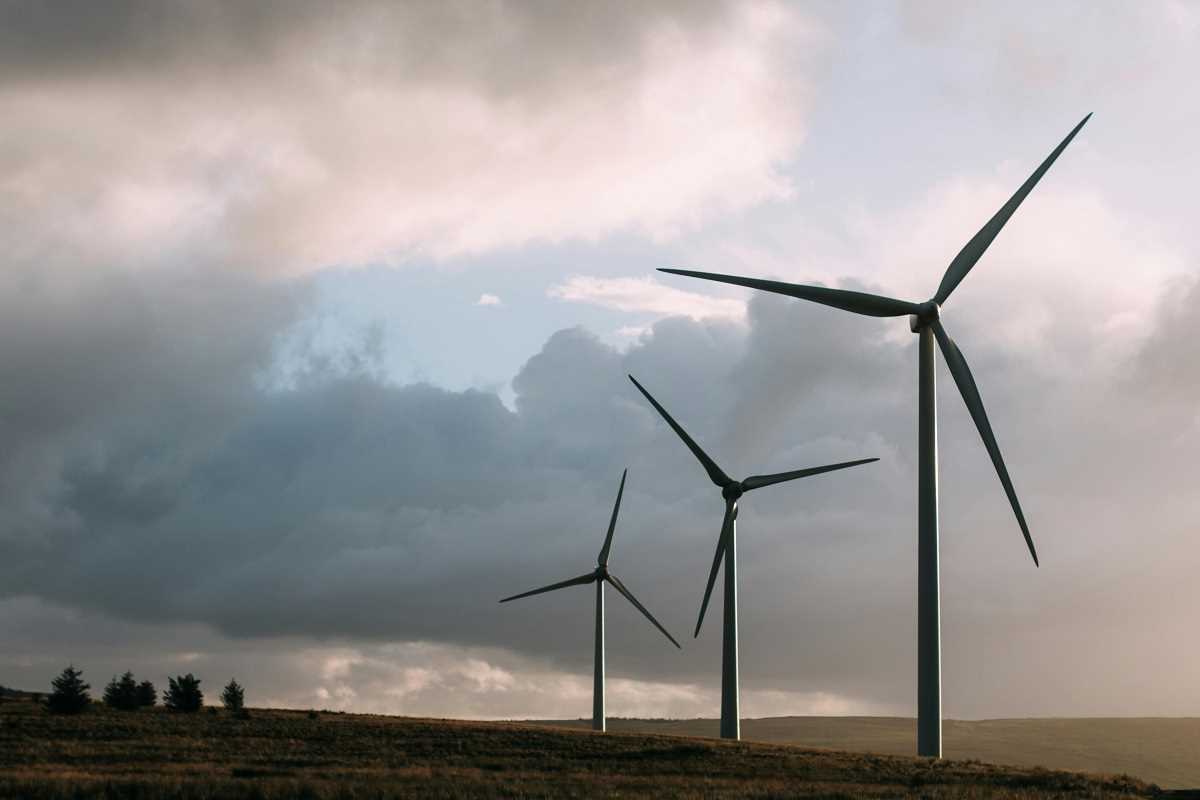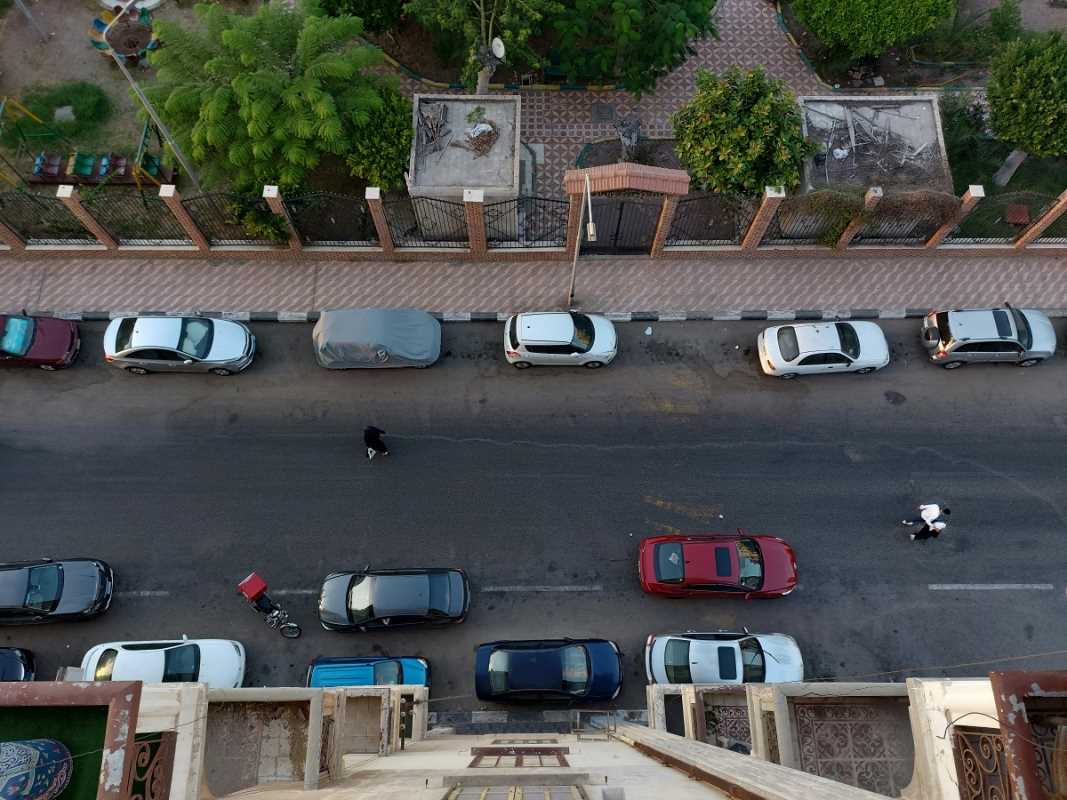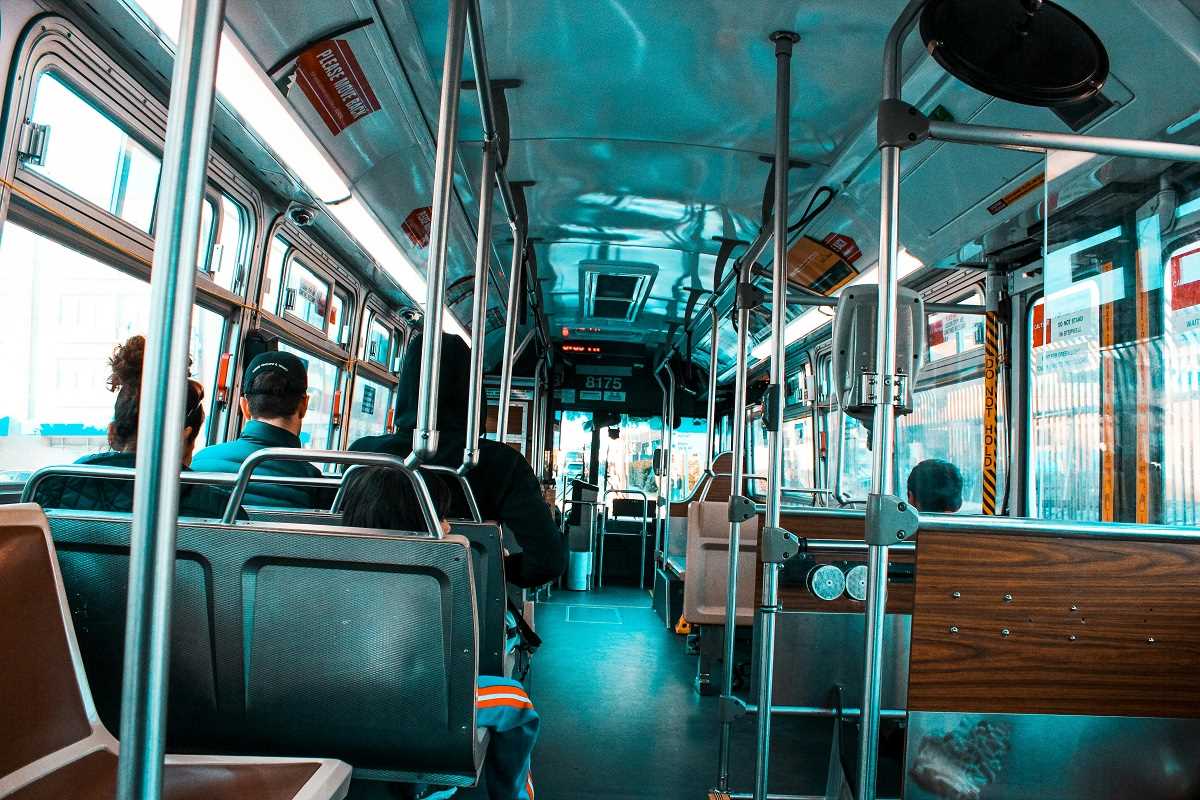When you hear the term “sustainable development,” it might sound like something meant for big cities or government agencies to tackle. But what if I told you that it’s one of the most practical, community-focused approaches for building a better future for where you live? Sustainable development isn’t just a buzzword or lofty goal; it’s a blueprint for balancing growth with care for the environment, economic stability, and social well-being. At its core, it’s about living well today while ensuring future generations can do the same.
It’s not out of reach, either. From small towns to bustling cities, communities everywhere are already proving that sustainable practices can lead to cleaner, greener, and more equitable places to live. If you’re curious about what sustainable development could mean for your community’s future, keep reading—we’re about to explore how it works, why it matters, and what you can do to help make it happen.
What Is Sustainable Development?
Sustainable development is an approach to growth that carefully balances three key areas: environmental health, economic prosperity, and social equity. Instead of charging full steam ahead with projects that drain resources, pollute the planet, or widen inequality, sustainability ensures that progress happens in a way that benefits everyone over the long haul.
Think of it as a three-legged stool. If even one leg (environment, economy, or society) is ignored, the whole thing topples over. A truly thriving community needs clean air and water, good jobs, strong local businesses, safe housing, and opportunities for everyone to succeed. No shortcuts here; the goal is to weave these priorities together to create a healthier, more resilient future for all.
Why Sustainable Development Is Essential for Communities
It’s tempting to measure a community’s success by how fast it’s growing, how many new roads are being built, or how many homes are popping up. But without a sustainable approach, fast growth can lead to problems like resource depletion, overcrowding, or rising inequality.
Here’s why sustainable development matters, no matter where you live:
1. Protecting the Environment
The natural resources we depend on aren’t infinite. Forests, clean water, fertile soil, and biodiversity can all be stretched too thin or permanently damaged if we don’t take steps to protect them. Sustainable development promotes practices like renewable energy, water conservation, and ecosystem restoration that safeguard these assets so communities can continue to thrive.
For example, imagine a small town that invests in solar energy. Not only does it reduce reliance on polluting fossil fuels, but it also helps families slash their electricity bills while creating local jobs to install and maintain solar panels.
2. Strengthening Local Economies
Sustainable development focuses on fostering local economies that are diverse, resilient, and self-supporting. This means less dependence on outside resources and industries that might pack up and leave when conditions aren’t favorable.
Communities that emphasize locally owned businesses, green jobs, and ethical industries tend to see money stay within the area—which benefits everyone. For instance, programs that support sustainable agriculture give farmers the tools to grow smarter, cleaner, and more efficiently while providing fresh, local food to residents. That’s a win-win.
3. Creating Equitable Opportunities
A sustainable community makes inclusivity a core focus. It considers the needs of everyone—from seniors and the disabled to children and marginalized groups—to ensure access to essential opportunities and services.
For example, building bike paths and walkable streets not only reduces pollution but also creates safer, healthier options for people without cars. Similarly, well-planned public transit systems connect lower-income residents to education and employment opportunities, leveling the playing field and promoting social mobility.
Examples of Successful Sustainable Practices
If this all sounds a little abstract, don’t worry; there are plenty of real-life examples that show how sustainable development can make a difference. Here are just a few to spark your imagination:
1. Renewable Energy Adoption
Communities across the globe are shifting to renewable energy sources, like wind and solar, as sustainable alternatives to fossil fuels. Take the city of Greensburg, Kansas, for example. After a devastating tornado in 2007, the town rebuilt entirely with sustainability in mind. Now, Greensburg runs on 100% renewable energy, making it a model of resilience and environmental stewardship.
2. Green Infrastructure
Stormwater runoff is a major issue in many cities, often leading to flooding, water pollution, and damaged infrastructure. Green infrastructure, such as rain gardens, permeable pavements, and green roofs, helps manage water naturally while beautifying neighborhoods.
New York City’s Green Roof Initiative, which provides tax benefits to buildings that install rooftop gardens, showcases how even densely populated urban centers can adopt eco-friendly solutions. These roofs insulate buildings, lower energy use, and create habitats for birds and pollinators.
3. Community-Driven Initiatives
The best sustainable efforts often come from the ground up. Take the Transition Towns movement that started in Totnes, England. Residents came together to take action on issues like climate change and economic stability, creating community gardens, launching barter networks, and reducing their reliance on fossil fuels. The idea has since spread to other towns worldwide, inspiring communities to take charge of their future.
How Your Community Can Promote Sustainable Development
Sustainable development isn’t just for policymakers or environmentalists. There’s a role for everyone—from individuals and families to local businesses and governments. Here are actionable steps to get started in your community:
1. Support Renewables
Encourage your local government or utility providers to invest in renewable energy projects, like community solar farms or wind installations. If you own a home, consider installing solar panels or signing up for green energy programs offered through your utility.
2. Advocate for Smart Urban Design
Push for zoning changes that prioritize walkable communities, public transport, mixed-use developments, and green spaces. The closer people live to work, school, and essential services, the lower their carbon footprint and the stronger their connection to the area.
3. Start Composting and Recycling Programs
Tackling waste is a crucial part of sustainability. Advocate for community facilities where residents can compost food scraps or recycle materials that would otherwise end up in landfills. Education campaigns can also raise awareness about reducing waste and reusing items.
4. Get Active Locally
Small, people-powered actions can spark big change. Join or start a community garden, where residents can grow fresh food and teach each other sustainable farming practices. Organize litter cleanups or tree-planting events, or volunteer for local initiatives like ride-sharing programs that help reduce emissions.
5. Vote at Every Level
Policies that support sustainability often depend on leaders who prioritize green initiatives. Voting in local and national elections keeps sustainability on the agenda and ensures funding for projects that benefit your community.
Change can start today, and it starts with you. Take a look at your community and ask, “What can we do to grow sustainably?” Whether it’s planting more trees, riding a bike instead of driving, or supporting policies that prioritize affordable housing, small steps add to big progress.
 (Image via
(Image via





